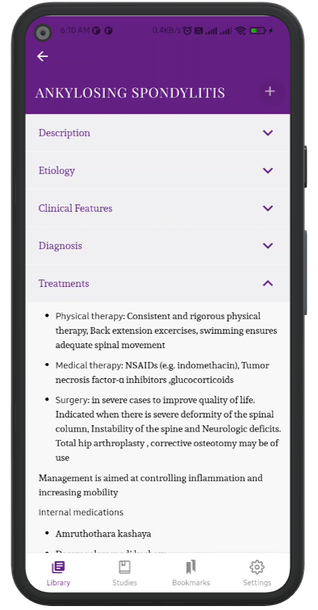SUPPURATIVE OTITIS MEDIA-CHRONIC
Description
- Chronic inflammation of the middle ear and mastoid cavity associated with conductive hearing loss and recurrent otorrhea through a defect in the tympanic membrane
- Patient presenting with a history of recurrent ear infection associated with painless discharge from the ear is usually indicative of CSOM
Types of CSOM
Clinically, it is divided into two types:
- Tubotympanic - also called the safe or benign type; it involves anteroinferior part of middle ear cleft, associated with a central perforation
- Atticoantral - also called unsafe or dangerous type; it involves posterosuperior part of the cleft associated with an attic or a marginal perforation
Types
Tubo tympanic type
- Ear discharge- Non offensive, mucoid or mucopurulent, constant or intermittent
- Hearing loss- Conductive type; severity varies but rarely exceeds 50 dB
- Perforation- Always central
- Middle ear mucosa - when inflamed it looks red, oedematous and swollen
Attico antral type
- It involves posterosuperior part of middle ear cleft (attic, antrum, posterior tympanum and mastoid) and is associated with cholesteatoma
Symptoms
- Ear discharge- usually scanty, but always foul-smelling due to bone destruction
- Hearing loss - mostly conductive but sensorineural element may be added
- Bleeding-It may occur from granulations or the polyp
Signs
- Perforation - It is either attic or posterosuperior marginal
- Retraction pocket - an invagination of tympanic membrane is seen in the attic or posterosuperior area of Pars Tensa
- Cholesteatoma - Pearly-white flakes of cholesteatoma can be sucked from the retraction pockets
Investigation
- Usually a clinical diagnosis is made
- Otoscopy – Visible defect of Tympanic membrane
- Tuning fork tests and audiogram
- X-ray: mastoids
- CT scan: temporal bone
- Culture and sensitivity of ear discharge
Treatments
- Aural toilet
- Antibiotic Ear drops
- Systemic antibiotics
- Surgical treatment
- Canal wall down procedures
- Canal wall up procedures
Ayurvedic Treatment
- Management of URTI
- Advice to avoid Cold Items
Internal Medicines
For Associated Respiratory tract infections
- Dashamoola katutraya Kashaya
- Vyoshadi vataka
To relieve infection
- Panchathiktaka kashaya
- Guggulu pancha pala choorna
- Kaisora guggulu
- Mahatikthaka gritha
- Guggulu thikthaka gritha
Procedures
- Kabala - Triphala kashaya + Trikatu choorna
- Ear toileting
- Karnadhoopana - Guggulu varthi / Haridra
- Karnapichu - Surasa rasakriya
- Jaloukavacharana over ear
- Sirodhara - Surasadi taila
Department
Salakya - ENT

